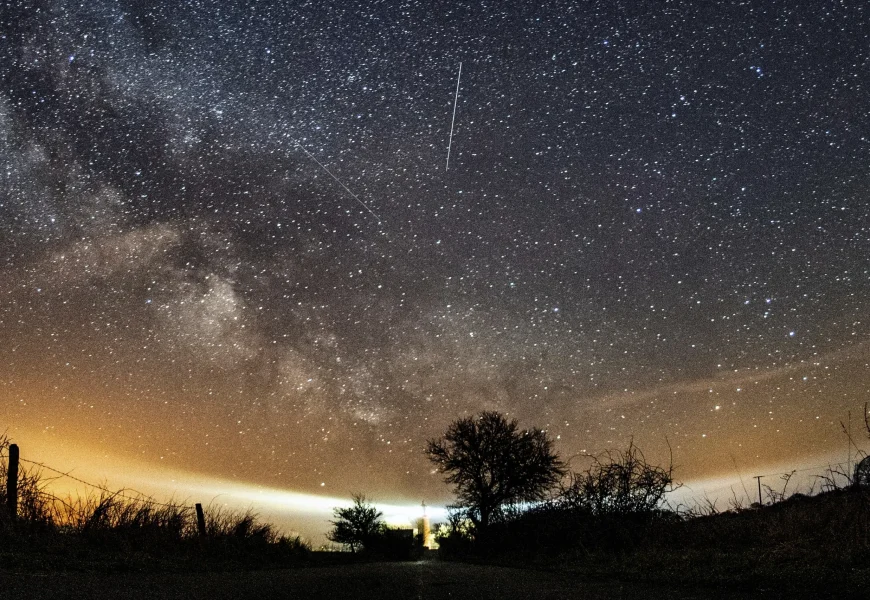When the Lyrid meteor shower reaches its peak, it will be spring’s first chance to see shooting stars.
How to catch the shooting stars of spring’s first meteor shower, the Lyrids
When the Lyrid meteor shower reaches its peak, it will be spring’s first chance to see shooting stars.
The Lyrids have surprised skygazers in the past with as many as 100 meteors per hour, but it’s not predicted to be as active this time around.
During Tuesday morning’s peak, expect to see around six meteors per hour, said Thaddeus LaCoursiere, planetarium program coordinator at the Bell Museum in St. Paul, Minnesota.
The waning crescent moon will be 40% full, meaning a decent level of visibility under clear and dark conditions.


